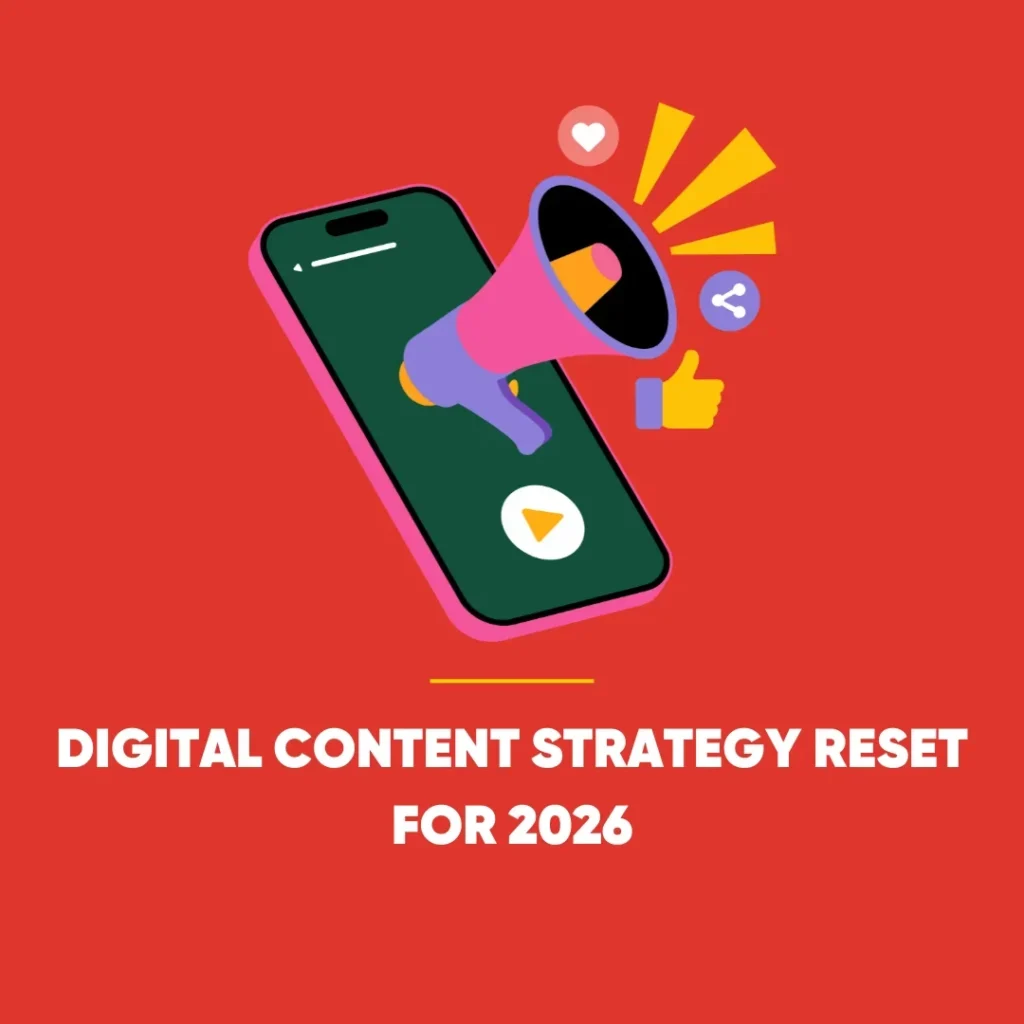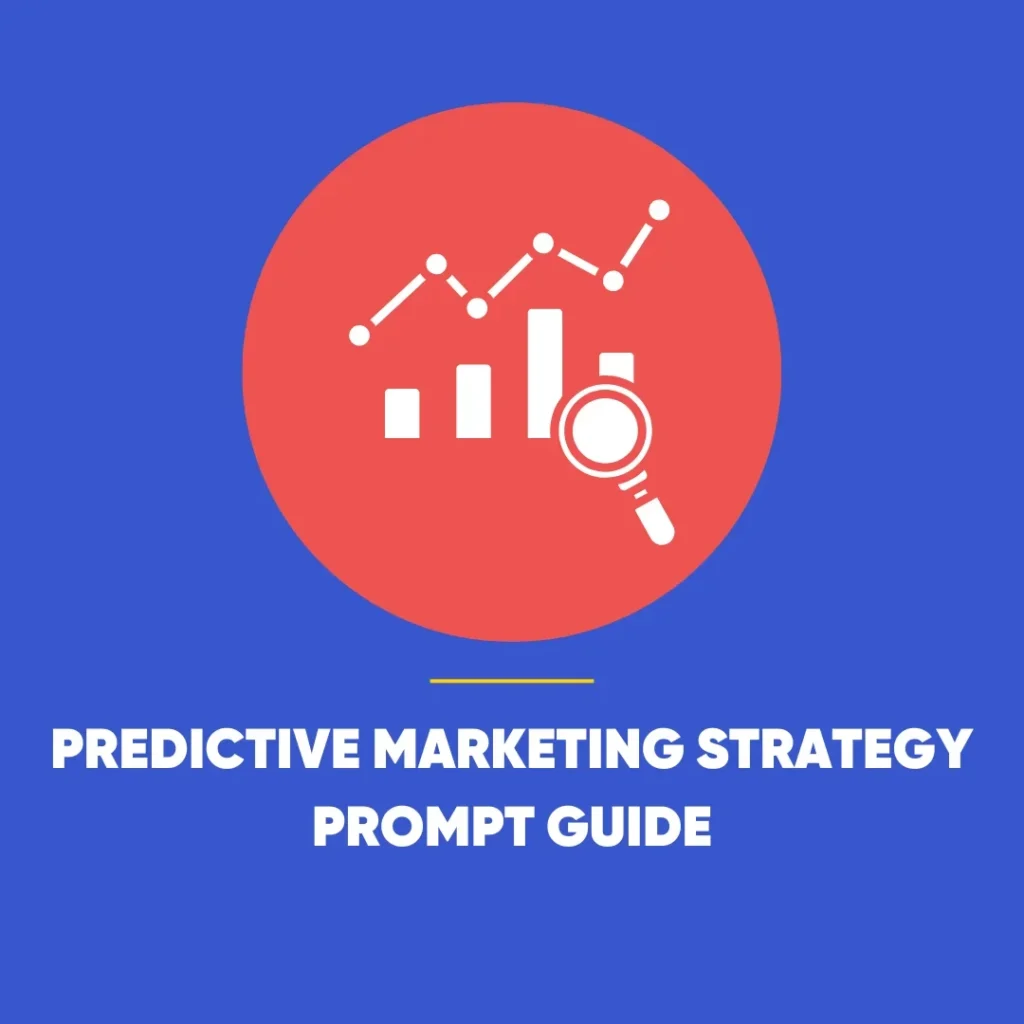SEO Content Strategy: Crafting Content for Readers and Search Engines
In the digital landscape, an effective SEO content strategy plays a vital role in achieving online business success. Search Engine Optimisation (SEO) involves fine-tuning your content to enhance its visibility on search engines. The objective is clear: ensure your content ranks above similar offerings from competing sites targeting the same search terms.
Achieving this requires a strategic approach to content creation. In this context, enter SEO copywriting, your powerful ally in this endeavour.
SEO copywriting transcends the mere insertion of keywords. It embodies the art of writing for both readers and search engines, ensuring the content resonates with its intended audience while also being optimised for search engines. This approach necessitates producing content that:
- Addresses specific problems or answers pertinent questions
- Engages end users—be they customers, clients, or readers
But how can one create content that satisfies these criteria? How do you find the right equilibrium between ranking well on Google and effectively persuading your audience? This is the essence of SEO copywriting.
Worry not if hiring a costly SEO copywriter isn’t feasible; anyone can adopt these guidelines and best practices to enhance their own writing.
Key Takeaways
- SEO copywriting merges the need for SEO-friendly content with engaging narratives, delivering valuable insights that resonate with the target audience.
- Effective copywriting strategically places relevant keywords throughout the text, including in title tags, meta descriptions, and header tags.
- The process begins with keyword research to inspire content ideas.
- Incorporating rich media not only breaks up text but also fosters interaction and provides visual aids for complex topics.
- Above all, quality SEO copywriting prioritises human readability over mere search engine crawling.
Understanding SEO Copywriting
At its core, copywriting is the craft of creating content designed for an effective SEO content strategy that prompts readers to take specific actions. This could involve purchasing a product, subscribing to a newsletter, signing up for a trial, or engaging with the content in some beneficial way.
In essence, copywriting serves as a form of persuasive communication. While traditional copywriting focuses on sales pitches, SEO copywriting aims to blend engagement with search engine optimisation. It requires producing informative, compelling, and valuable content targeting specific keywords.
SEO copywriters adeptly weave keywords into their writing to boost the content’s visibility in search engine results. They possess an understanding of their audience’s preferences and needs, enabling them to craft stories that resonate. Each headline, phrase, and paragraph is carefully designed to persuade readers while remaining optimised for search engines.
The Significance of SEO Copywriting
SEO copywriting is crucial for enhancing a website’s visibility in search engine results, thereby attracting more organic traffic. As Google places high value on quality content, well-crafted copy can significantly improve search rankings.
Increased traffic translates to heightened engagement, enhanced credibility, and potentially higher conversion rates. Moreover, users are more inclined to share valuable and intriguing content on social media, further amplifying traffic and bolstering brand visibility.
However, the landscape of SEO is ever-evolving; thus, one must stay attuned to emerging keyword trends and optimisation techniques.
Essential Components of SEO Copywriting
Certain elements elevate valuable content, such as visual appeal and relevance, and these are essential in an SEO content strategy. However, several core components consistently enhance Google rankings and boost conversion rates:
1. Site Speed
The loading time of a webpage is paramount. If your site takes longer than two seconds to load, you should prioritise improvements. Site speed significantly impacts user experience and conversion rates, as users are likely to abandon slow-loading sites.
2. Title Tags
Even if your content is excellent, poor title optimisation can negatively affect your rankings and click-through rates. Ensure your title accurately reflects the content and includes relevant keywords as part of your SEO content strategy.
3. Quality Content
The primary motivation for users conducting searches is to find valuable content. Therefore, it’s crucial to provide robust information that addresses user needs. High-quality content is essential for maintaining engagement and improving search engine rankings.
4. Meta Descriptions
Meta descriptions summarise the content of a page, supporting the title and enticing users to click through to your site. While they do not directly impact rankings, they are essential for improving click-through rates.
5. Keyword Frequency
Keyword frequency refers to how often your chosen keywords appear on a page. This helps search engines determine the relevance of your content.
6. Internal Links
Linking to reputable websites and pages demonstrates to Google (and readers) that your content is well-researched and connects to valuable resources within your industry.
SEO Content Strategy: Best Practices for SEO Copywriting
Effective SEO content strategy doesn’t necessarily require formal training or qualifications. Numerous tools and resources are available to assist in mastering the fundamentals and producing content that ranks well.
Generate Content Ideas
To kickstart your SEO copywriting journey, begin with topics that resonate with your target audience. Various tools can aid in identifying top-performing content based on specific keywords. For instance, entering a keyword like “scuba equipment” into a content idea generator can yield numerous topic suggestions, such as:
- Proper cleaning and disinfection of equipment
- Essential tips for novices purchasing gear
- The evolution of scuba equipment over the years
Additionally, leveraging AI-powered tools can enhance your SEO content strategy by generating a wealth of content ideas tailored to your audience’s interests.
Transform Content Ideas into Keywords
Once you have potential topics, consider how they can be translated into keywords. Brainstorm questions, terms, or phrases your audience may use when searching for relevant content. Plugging these ideas into keyword research tools can refine your list and ensure it aligns with user searches.
Optimise Title Tags, Meta Descriptions, and Headers
Firstly, optimising title tags, meta descriptions, and headers is a crucial aspect of your SEO strategy. Additionally, these elements provide immediate insight into your content’s subject matter.
- Title Tags: Act as signposts in search results. They should accurately describe your content, remain within 50 to 60 characters, and ideally incorporate focus keywords at the start.
- Meta Descriptions: Aim for brevity—under 160 characters. Include relevant keywords, using active language to provide a succinct preview of your page’s content.
- Headers (H1 Tags): Limit to one per page, ensuring it accurately describes the content and aligns with user intent. Keep H1s between 20 and 70 characters, including keywords.
Using AI tools can also assist in crafting compelling titles and meta descriptions.
Create Comprehensive Content
Users turn to search engines primarily for useful information. Regularly updating your site with fresh, high-quality content is vital for SEO. Google penalises sites featuring low-quality or shallow copy, as well as those with grammatical errors.
To craft comprehensive content, it’s crucial to understand your audience. Focus on solving specific problems they face, and aim to provide actionable insights.
While AI can play a role in the content creation process, it should complement rather than replace human expertise. The best results come from combining AI capabilities with real-world insights and creativity.
Consider Keyword Frequency and Placement
Keyword frequency refers to how many times a target keyword appears within your content. In contrast, keyword density is the ratio of the target keyword to other words on the page. While keyword frequency is less influential than in the past, it remains essential to avoid over-optimisation practices like keyword stuffing.
Integrate keywords naturally throughout your content to maintain readability while optimising for search engines.
Use Internal Links with Optimised Anchor Text
Internal links—hyperlinks that direct readers to other pages on your site—serve two key purposes:
- Search Engine Clarity: They help search engines understand the structure and hierarchy of your site, which supports better SEO rankings.
- User Navigation: They guide users to related content, enhancing their experience and increasing the likelihood of further engagement.
Incorporate optimised anchor text that includes keywords, thereby enhancing your SEO content strategy by providing context for what the linked content covers. This helps users navigate your site more efficiently.
Link to High-Quality External Pages
Linking to reputable external pages can provide additional context or resources related to your topic. Ensure these links lead to high-quality sources with credibility and authority. High-quality external links not only enhance your content’s reliability but can also encourage reciprocal links from those sites, expanding your network and authority.
Incorporate Rich Media
Utilising rich media, such as images, videos, and infographics, enhances engagement and breaks up text-heavy content. Visual elements can clarify complex concepts and improve user experience, leading to longer time spent on your page.
Maintain a User-Centric Focus
Ultimately, the heart of effective SEO copywriting lies in prioritising the user. Moreover, high-quality content that answers questions, solves problems, and engages readers will inherently perform better in search engine rankings. Therefore, understanding your audience’s needs and preferences is paramount.
SEO Content Strategy: Conclusion
In conclusion, SEO copywriting is a multifaceted discipline that requires a blend of creativity, strategy, and technical knowledge. By focusing on delivering high-quality, engaging content while optimising for search engines, anyone can significantly improve their online visibility and achieve better results.
With the right tools, practices, and a commitment to quality, mastering SEO copywriting is within reach. Whether you’re a seasoned marketer or a beginner, following these guidelines can lead to more effective content that resonates with both readers and search engines alike.
In a world where digital content continues to grow, therefore, staying informed about best practices and evolving trends will keep your writing relevant and impactful. Moreover, embrace the journey of SEO copywriting and watch your content thrive in the competitive online landscape.









